India’s Renewable Energy Revolution: The Role of Agrivoltaics
India’s Renewable Energy Revolution: The Role of Agrivoltaics
The International Institute for Sustainable Development (IISD) recently published a report outlining different business models that can help India overcome the challenges of implementing agrivoltaics, a practice where solar panels are installed on agricultural land.
The report suggests three specific models:
- Joint ownership between farmers and developers
- Sole ownership by either party
- Developer-led partnerships with farmers.
Currently, India has around 14,636.6 kW of agrivoltaics capacity in the pilot stages. The report emphasizes the difficulties faced by Indian farmers and developers in adopting agrivoltaics and recommends following the third model, where developers take the lead and farmers become partners. However, this model is only suitable for barren or uncultivated areas due to poor land productivity or state ownership.
Around 53% of India’s land area is classified as arid or semi-arid, and most solar power capacity is installed in such regions with low cropping intensity. These areas, along with peri-urban regions, are favorable for agrivoltaics. However, successful implementation requires proximity to markets for high-value horticultural products.
The report suggests that state governments introduce land-use regulations and define clear standards for agrivoltaics. Different market mechanisms and tariff structures should also be explored to support agrivoltaics.
The use of bifacial solar panels is recommended in Indian agrivoltaic projects as they reduce shading effects, increase power generation, and offer more crop choices.
Integrating rainwater harvesting structures with agrivoltaics is also seen as a promising solution. However, further research and peer learning are necessary due to India’s unique weather conditions. Battery storage is an option for energy storage, but alternative technologies should be considered for farmers who cannot afford it.
Most agrivoltaic pilots in India, initiated under the Pradhan Mantri Kisan Urja Suraksha evam Utthaan Mahabhiyan (PM-KUSUM) program, have not yet grown mainstream crops like paddy and wheat. Proper planning is required to ensure solar panels do not hinder crop production. The report also suggests exploring the option of open access, where developers can directly sell power from agrivoltaic projects to consumers at agreed-upon prices.
Countries like China, Germany, France, and Japan are actively promoting and updating designs and standards for agrivoltaics. They integrate solar panels with different farming systems, such as greenhouses and conventional open farming systems, to adapt to diverse agricultural activities and weather conditions. These countries have a cumulative installed agrivoltaics capacity of approximately 2.5 GW. Italy and France also have significant investments in agrivoltaics.
The report concludes that grid-connected agrivoltaic systems are more scalable than off-grid systems due to higher power production. However, adequate evacuation capacity and proximity to substations are crucial for grid-connected renewable energy to minimize losses. Exploring these aspects in Indian agrivoltaics is an area that requires further exploration.
Suggested Articles

1 MW Solar Power Plant Cost in Rajasthan: A Complete Guide
A detailed guide on the cost of setting up a 1 MW solar power plant in Rajasthan. Learn about pricing, EPC components, land needs, subsidies, and expected payback for commercial and industrial users.
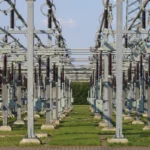
Haryana’s GEOA 2025: A Boost for Captive Solar Plants and Wind Energy Developers
Haryana’s GEOA 2025 paves the way for growth in captive wind and solar energy projects with investor-friendly reforms.
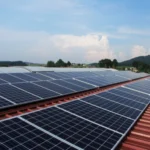
Solar for Commercial Buildings in India: Costs, Benefits & ROI Explained
Solar for commercial buildings in India is becoming the smartest way to cut electricity bills and increase energy independence. This guide explains system costs, benefits, ROI, and how solar power helps offices, malls, hotels, and commercial complexes become more sustainable and profitable.
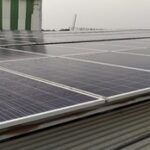
How Are Solar PV Modules Made? Complete Guide to the Manufacturing Process
Choosing the right solar panels can be confusing with so many options in the market. This guide simplifies solar panel selection by comparing types, efficiency ratings, and cost factors. Whether for your home, business, or industry, learn how to make an informed decision and maximize the return on your solar investment.
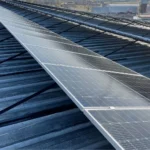
BOOT vs PPA Explained: Find the Best Way to Finance Your Solar Plant
Choosing between the PPA and BOOT models can significantly impact your solar savings. This guide compares both financing options to help businesses make the right decision.

Solar Projects Challenges in India: Module Supply Shortages and Policy Delays Slow Growth
India’s utility-scale solar projects face delays due to module supply shortages and policy challenges, impacting the growth of renewable energy.
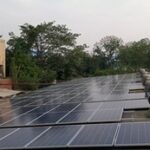
Affordable Solar Systems and Plants for Small and Medium Enterprises
Learn how SMEs can harness solar energy through tailored solar systems and plants to reduce electricity bills, improve sustainability, and boost efficiency.

Choosing the Right Solar Panel: Complete Guide for India
Solar is among the fastest-growing industries in India. This is mainly because solar energy is not only renewable but is also attractive from a financial point of view.